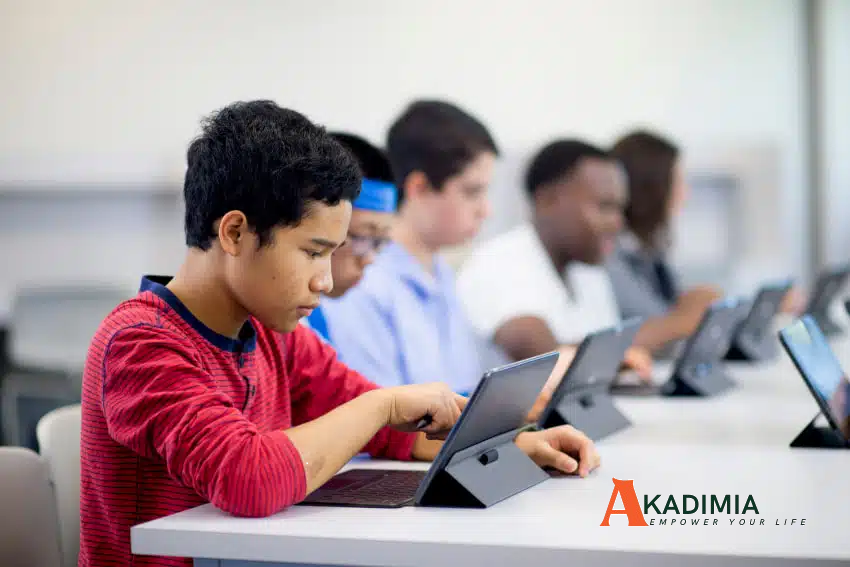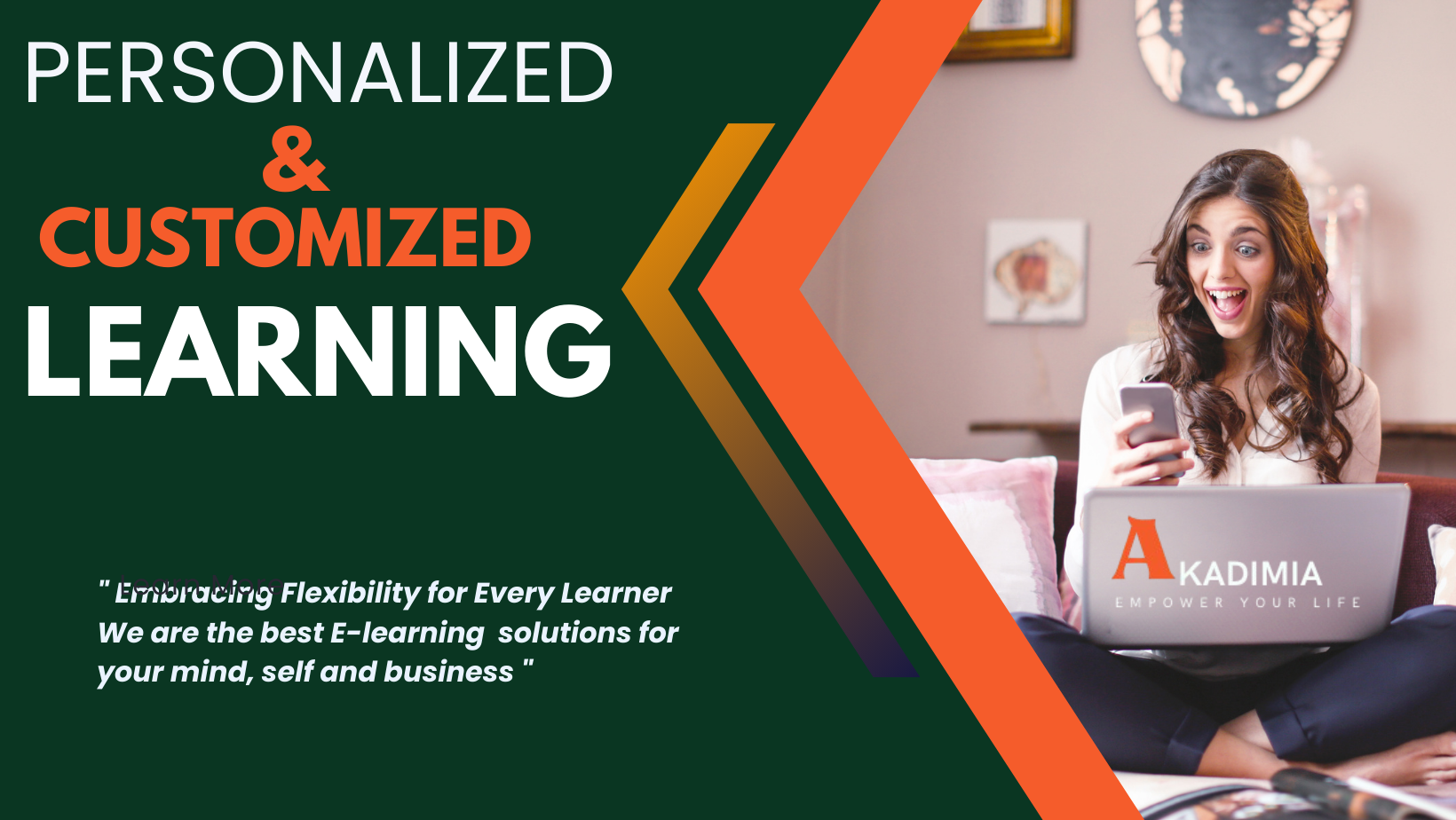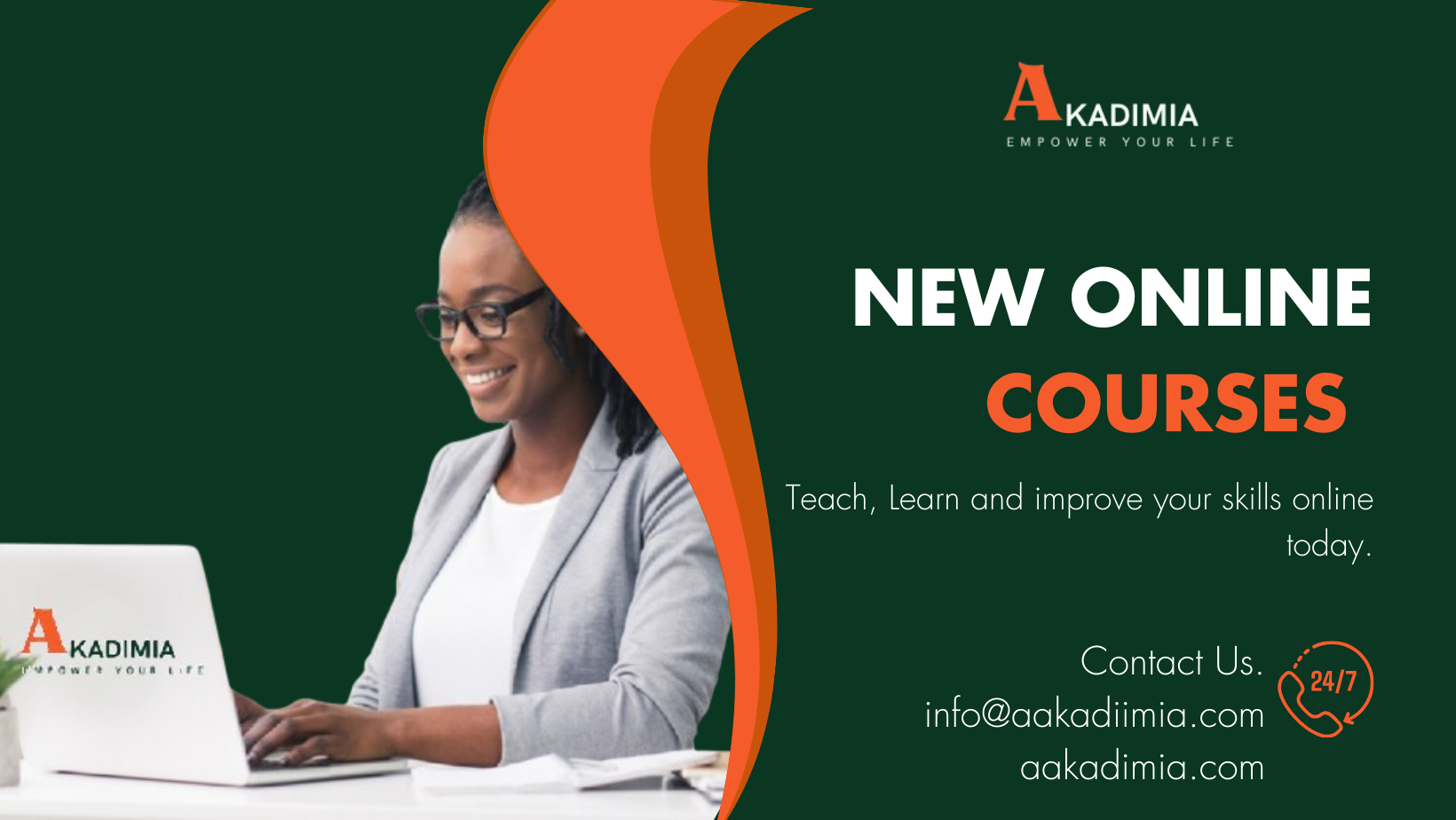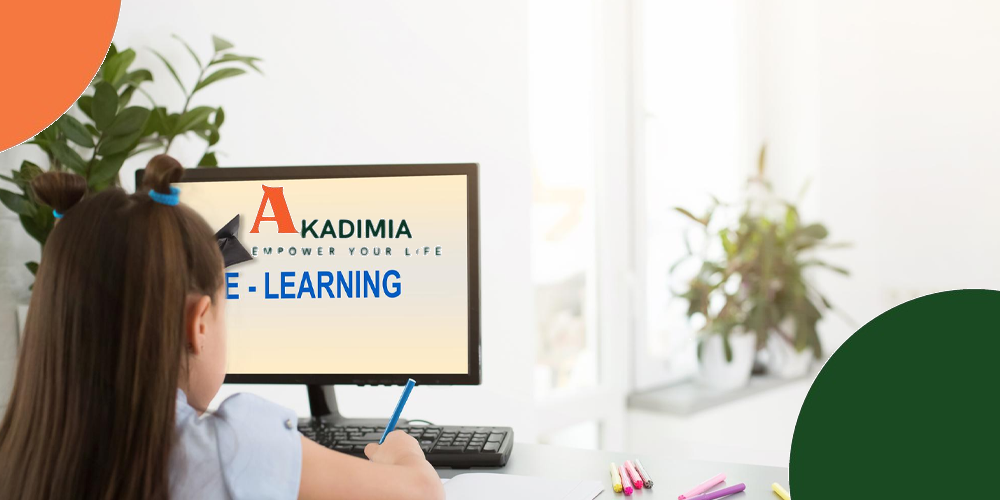Embracing the Future: Technology Integration in University Education
In today's modern academic landscape, technology is no longer just a tool—it's the catalyst for transforming how we learn. The integration of advanced technologies such as virtual reality (VR), augmented reality (AR), cutting-edge educational apps, and blended learning methodologies has redefined the classroom experience, making it more dynamic, interactive, and engaging than ever before.
One of the most exciting advancements is the rise of VR and AR in educational settings. Imagine stepping into a virtual laboratory to conduct experiments, walking through a historical site during a history lesson, or exploring intricate architectural designs—all from the comfort of your classroom. These immersive experiences transform abstract concepts into tangible realities, boosting students' understanding and retention of complex subjects. VR and AR not only foster deeper engagement with the material but also spark creativity and critical thinking as students interact with lifelike simulations that mimic real-world scenarios.
Complementing these immersive technologies are the plethora of educational apps and platforms now available. Today's students are digital natives who thrive on interactive and personalized learning experiences. Innovative educational apps offer tools such as adaptive quizzes, real-time feedback, and interactive simulations that cater to individual learning styles. These platforms collect data on student performance, allowing the content to be tailored to each learner’s unique pace and strengths. This customized approach ensures that everyone, regardless of their starting point, has the opportunity to bridge gaps in their understanding and excel academically.
Another significant trend reshaping education is the adoption of blended learning methodologies. Blended learning merges traditional face-to-face classroom instruction with online learning tools, creating a flexible educational framework that adapts to various learning needs. In a blended model, students might attend in-person lectures while also engaging with digital content through discussion boards, video lessons, and interactive assignments. This approach not only maximizes the benefits of both online and traditional learning but also prepares students for the technologically driven workplace. It offers the best of both worlds—a structured learning environment combined with the flexibility and personalization of online education.
Modern universities are increasingly embracing these technological advances to stay ahead of the curve. Integrating technology into the curriculum enhances academic performance, promotes collaboration, and prepares students for a future where adaptability and technological proficiency are key. By leveraging innovations like VR, AR, and digital learning tools, educational institutions are creating a learning ecosystem that is more inclusive, interactive, and, most importantly, in tune with the demands of contemporary society.
For those who want to experience this next-generation learning firsthand, platforms like aakadimia.com provide an array of courses designed to seamlessly merge educational technology with impactful teaching strategies. Whether you're a student seeking to enhance your learning or an educator aiming to pioneer innovative methods in your classroom, aakadimia.com is a resource-rich gateway to flexible, immersive learning experiences.
Technology integration in education is more than just a trend—it's a profound shift towards a more engaging and effective way of learning. As we move further into the digital age, embracing these advancements will be key to unlocking new opportunities and redefining the future of academia.
#EdTechRevolution #ImmersiveLearning #FutureOfEducation #BlendedLearning #TechInEd #VirtualRealityInEducation #DigitalLearning









